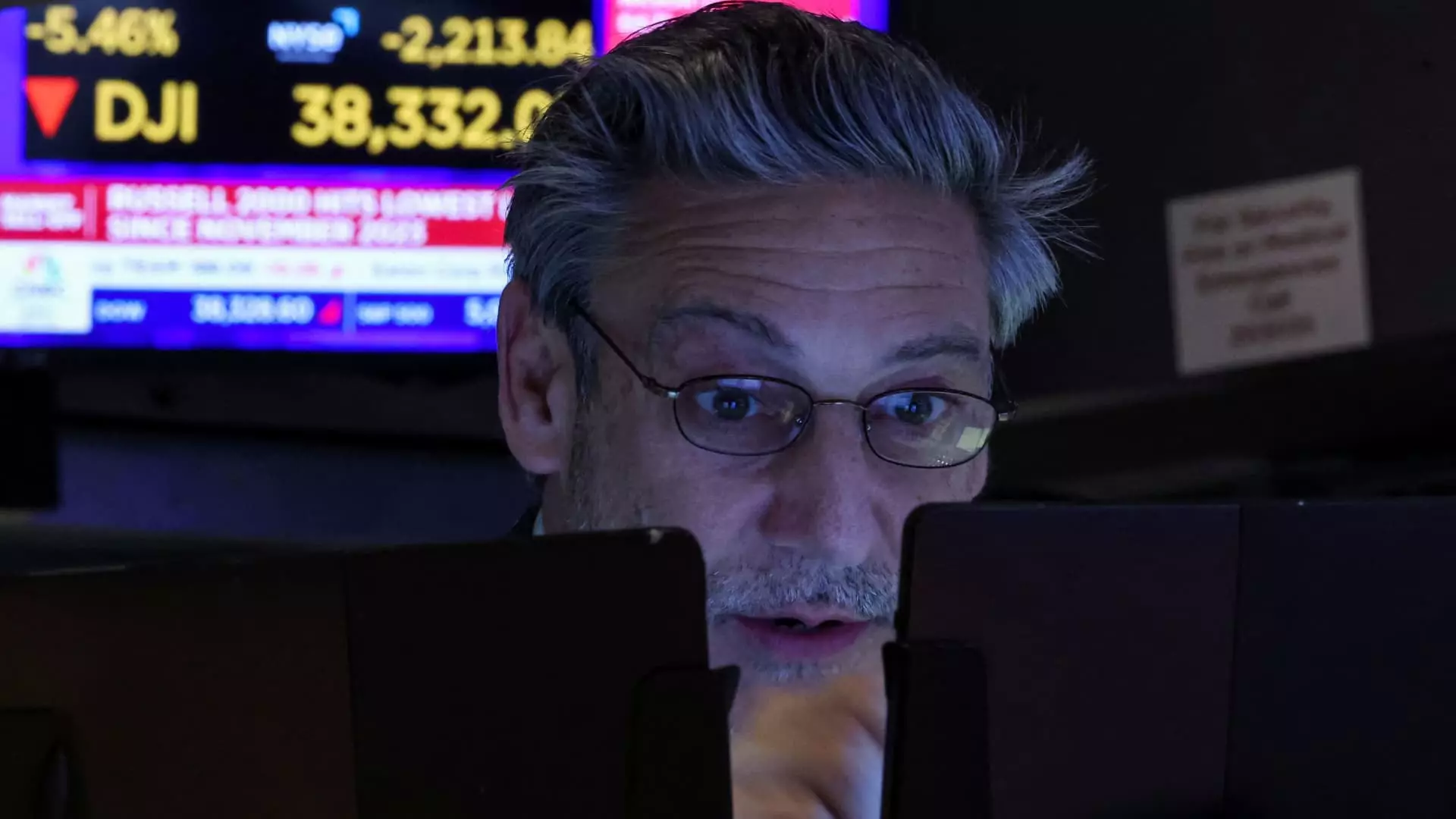In the chaotic ballet of stock trading, the infamous trading halts serve a dual purpose — momentary reflection for traders and a desperate gasp of hope to prevent a complete market meltdown. Historically, these halts are prompted during times of extreme volatility, such as the upheaval triggered by the COVID-19 pandemic in March 2020. Recently, rising global trade tensions ignited by President Donald Trump’s staggering tariffs have once again spotlighted the need for these market lifelines. What appears as a measured response is in fact an inherent vulnerability in our financial system, one that is less about stabilizing the market and more about deferring panic.
Trading Futures: The First Line of Vulnerability
The very architecture of trading futures exposes systemic flimsiness once they plummet drastically. When S&P 500 futures sink by 7% during off-hours trading—defined as the period from 6 p.m. ET to 9:30 a.m. ET—trading gets abruptly halted until traders conjoin at a limit-down level. In the recent turbulence, futures associated with the Russell 2000 index experienced this harrowing plunge, only to rebound slightly. This rollercoaster of trading experiences not only reveals the fragility of current market sentiment but also showcases an unsettling truth: markets can be manipulated with alarming ease, leaving average investors reeling.
Circuit Breakers: Safety Nets or False Security?
Circuit breakers are perceived as safety nets designed to protect the market from cascading failures during acute downturns; however, the truth might be quite the opposite. When the S&P 500 drops by 7%, 13%, or a catastrophic 20%, trading is paused under these preset conditions. While the intention is to cool down rampant sell-offs, the reality is that these pauses often exacerbate fears and uncertainties, leading to panic in the aftermath. Investors are left grasping for clarity in an environment that should inspire confidence, but often cultivates anxiety instead. The three-tiered system of circuit breakers imposes a false narrative of resilience, distracting from deeper structural flaws lurking in the shadows.
Market Performance and the Psychological Impact
In the latest trading session, an alarming picture emerged: the S&P 500 cascaded nearly 6%, marking the worst single-day decline since March 16, 2020. Such staggering drops are disconcerting individually, but collectively they underscore growing fears about economic stability. The Dow Jones Industrial Average plummeted 6.9%, its steepest one-day decline since June 2020, while the Nasdaq Composite plunged into bear territory with a more than 20% drop from its zenith. These figures tell a story—a narrative steeped in anxiety and relentless uncertainty, which seeps not just into trading floors but also into the broader economy as consumer confidence dwindles.
Incremental Regulation: The Unseen Hand of Wall Street
Regulatory measures aimed at ensuring market stability often lead to unintended consequences. The imposition of trading halts and circuit breakers often incentivizes reckless trading behavior. When traders know there are predetermined pauses in the action, some may wield this knowledge to exploit price disparities. Rather than instilling trust in the system, these halts can open the door to speculative tactics that further destabilize market performance. The question looms larger: do we genuinely want to rely on such regulatory Band-Aids, or should we source solutions that build a resilient system from the ground up?
Anticipating the Inevitable Collapse
As we venture into uncertain financial territory with the S&P 500 resting significantly below its peak, it’s impossible to ignore warnings that have been echoed throughout financial history. What seems to be a moment of respite provided by trading halts and circuit breakers can quickly morph into an untenable situation should panic spread. The reality is, what starts as a ‘cooling-off’ period can quickly devolve into unchecked freefall, creating a vicious cycle of volatility. The complexities of the current global economic climate cannot be ignored as we navigate through unprecedented times—a harsh reality that Wall Street must contend with if it hopes to recover from its current downward trajectory.

